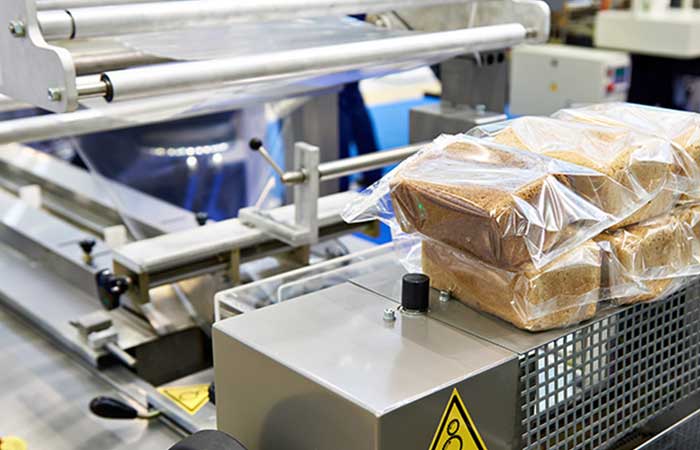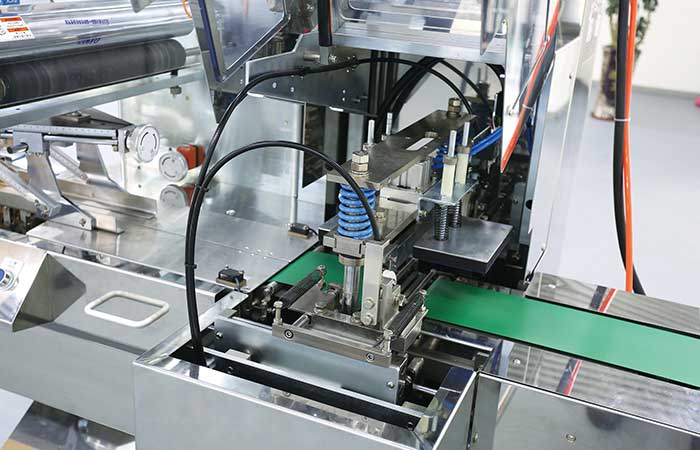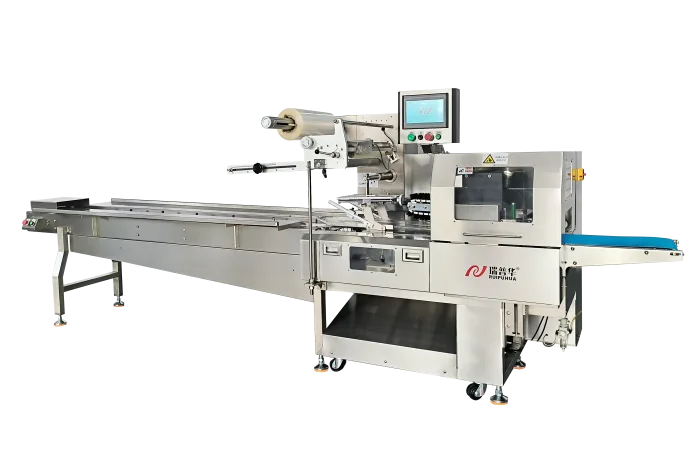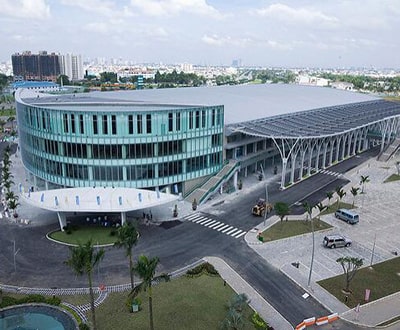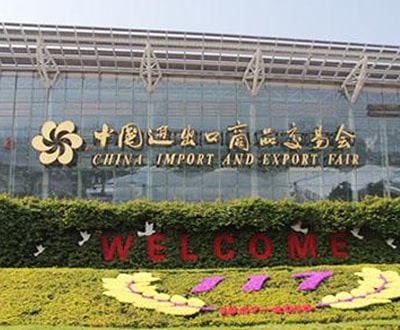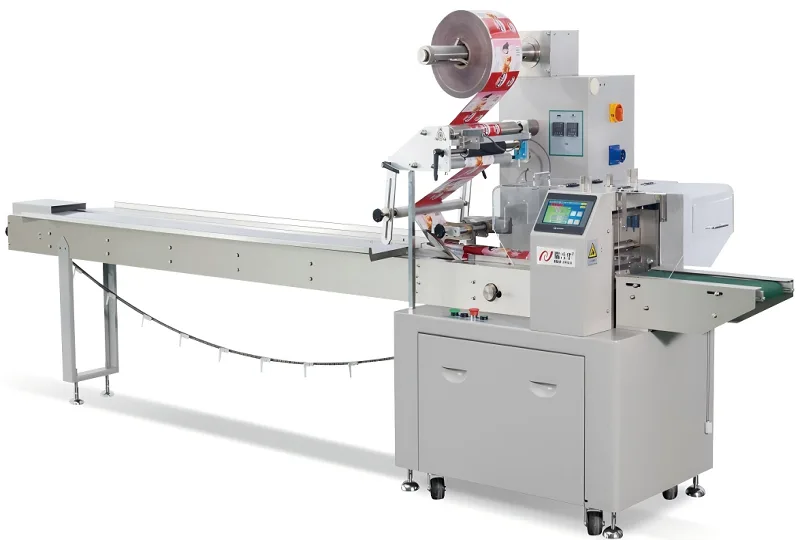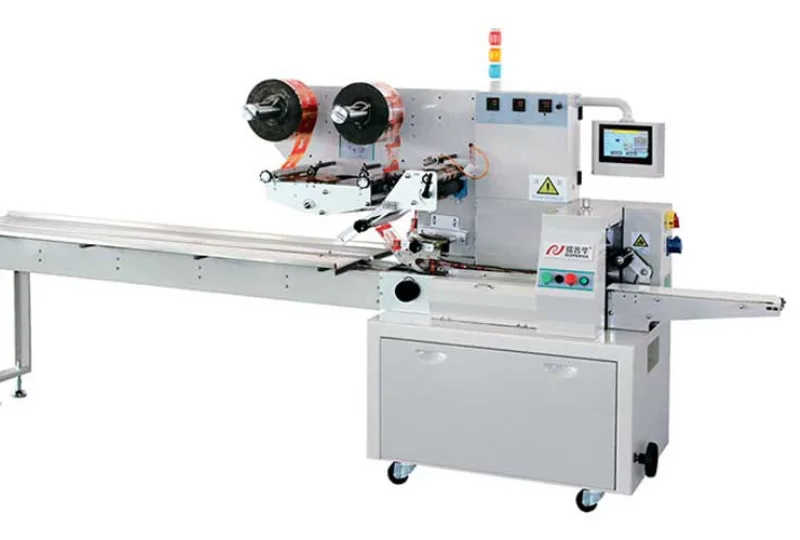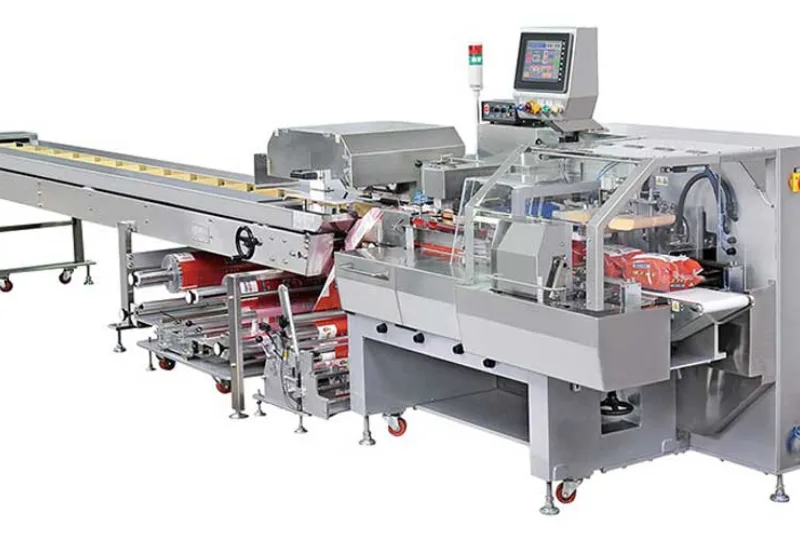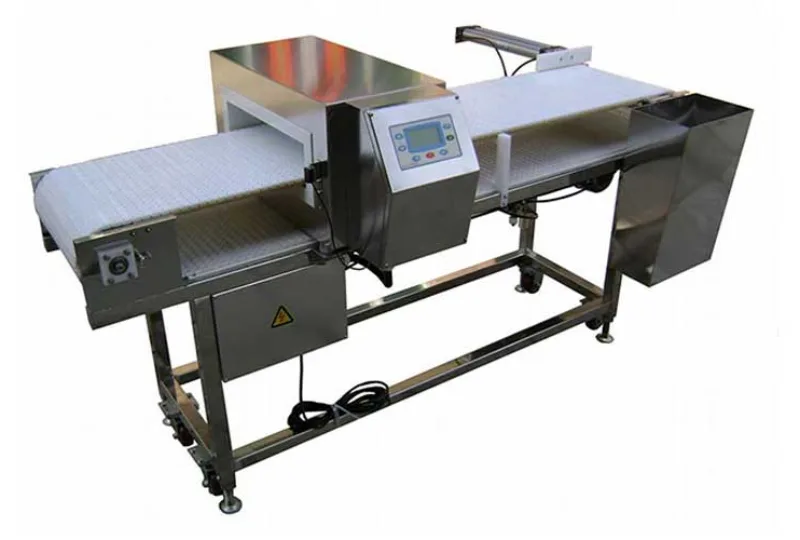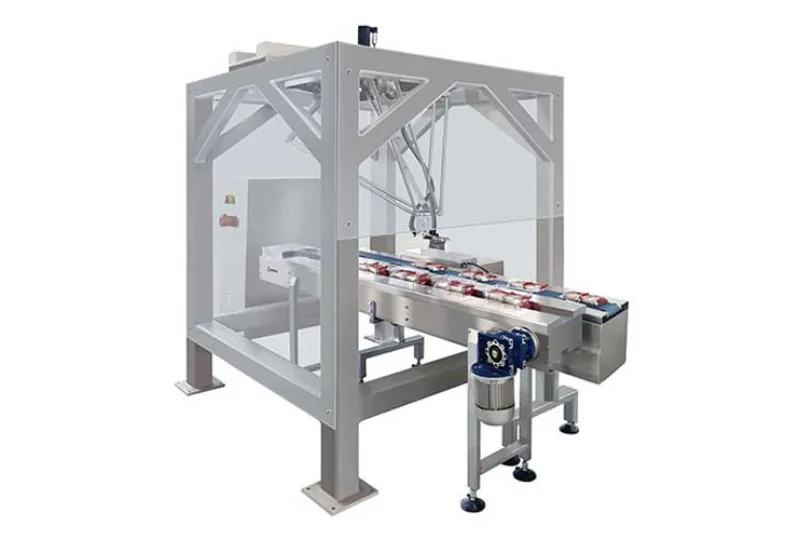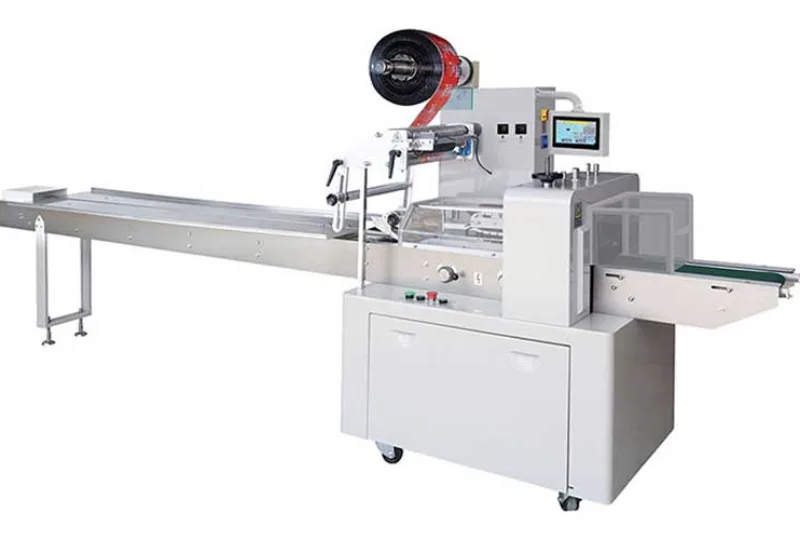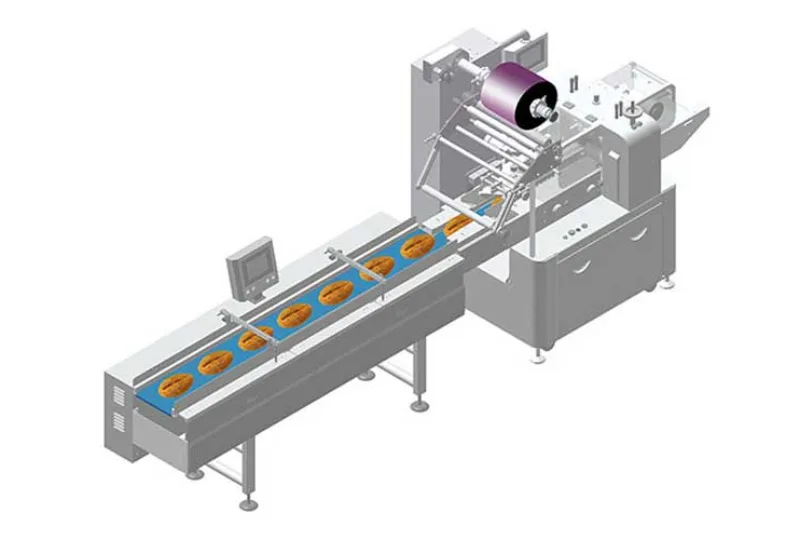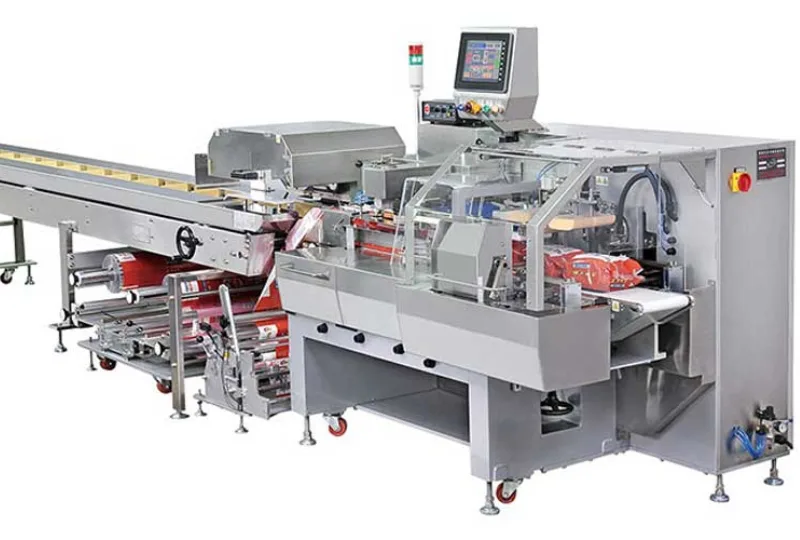Revolutionizing Pharmaceutical Packaging Systems: A Comprehensive Guide
The Impact of Innovative Packaging in the Pharmaceutical Industry
Pharmaceutical packaging is a critical component of the healthcare sector, ensuring the safety, efficacy, and integrity of medical products. In recent years, technological advancements have revolutionized packaging systems, leading to enhanced protection, compliance, and patient engagement.
One of the key trends shaping the future of pharmaceutical packaging is the utilization of smart packaging solutions. These systems incorporate sensors and data tracking mechanisms to provide real-time information on drug storage conditions, improving medication adherence and reducing waste.
Another significant development is the use of eco-friendly materials in packaging design. Biodegradable and recyclable packaging options not only reduce environmental impact but also enhance the brand image of pharmaceutical companies.
The Role of Serialization and Track-and-Trace Technologies
Serialization and track-and-trace technologies have become imperative in ensuring supply chain security and combating counterfeit drugs. By assigning a unique identifier to each pharmaceutical product, manufacturers can track its journey from production to distribution, guaranteeing authenticity and preventing tampering.
Furthermore, these technologies enable efficient recalls and inventory management, streamlining operations and improving patient safety. With the rising concerns about drug counterfeiting, serialization has emerged as a potent tool in safeguarding public health.
Enhancing User Experience Through Innovative Packaging Design
Beyond functionality, pharmaceutical packaging plays a crucial role in engaging patients and enhancing user experience. User-friendly design features such as easy-open mechanisms, braille instructions, and color-coded labels cater to diverse patient populations, including the elderly and visually impaired.
Personalized packaging solutions, such as blister packs and medication reminders, promote medication adherence and simplify complex dosing regimens. By incorporating human-centered design principles, pharmaceutical companies can foster patient trust and loyalty.
The Future of Pharmaceutical Packaging: Trends and Challenges
As the pharmaceutical industry continues to evolve, packaging systems will undoubtedly undergo further transformations to meet the demands of an ever-changing market. Anticipated trends include the integration of augmented reality for interactive packaging experiences, the development of child-resistant packaging for pediatric medications, and the adoption of sustainable practices across the supply chain.
However, with innovation comes challenges, such as regulatory compliance, cost considerations, and the need for standardized packaging formats. Balancing creativity with regulatory requirements is paramount to ensure product safety and efficacy while driving brand differentiation and market success.
In conclusion, pharmaceutical packaging systems are at the forefront of healthcare innovation, encompassing technology, sustainability, and patient-centric design. By embracing these advancements and addressing emerging challenges, the industry can deliver safer, more accessible medications to patients worldwide.
-
01
Automatic Tray Loading and Packaging Equipment: Boost Efficiency to 160 Bags/Minute
21-11-2025 -
02
Automatic Soap Packaging Machine: Boost Productivity with 99% Qualification Rate
21-11-2025 -
03
A Deep Dive into Automatic Toast Processing and Packaging System
18-11-2025 -
04
The Future of Bakery Production: Automated Toast Processing and Packaging System
18-11-2025 -
05
Reliable Food Packaging Solutions with China Bread, Candy, and Biscuit Machines
11-10-2025 -
06
High-Performance Automated Food Packaging Equipment for Modern Production
11-10-2025 -
07
Reliable Pillow Packing Machines for Efficient Packaging Operations
11-10-2025 -
08
Advanced Fully Automatic Packaging Solutions for Efficient Production
11-10-2025 -
09
Efficient Automatic Food Packaging Solutions for Modern Production
11-10-2025 -
10
Advanced Automatic Packaging Equipment for Efficient Production
11-10-2025



